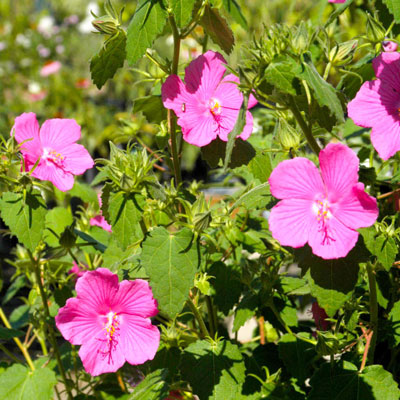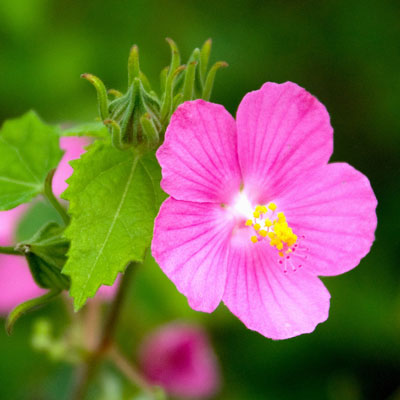Rock Rose Pavonia: Native and Nice
I spent many summers working the hillsides of South Central and West Texas for my dad as he did his herbicide research for Texas A&M. I saw a lot of native Texas plants, but few caught my eye any more than rock rose, otherwise known as pavonia.

Plants are categorized by their flowers, and all you have to do is look at the blooms on a pavonia to realize that it’s a hibiscus relative. But it’s still one of the least-known members of the big mallow clan.
What you should know about rock rose…
• Scientific name: Pavonia lasiopetala
• Common names: Pavonia, rock rose, rose pavonia
• Native range: South Central and West Texas on rocky hillsides.
• Annual or perennial: Short-lived perennial that reseeds freely.
• Size: 2-4 ft. tall, 3 ft. wide.

• Flowers: Single, rosy-pink, 5 petals, roughly 1-in. across.
• Blooming season: May-September.
• Exposure: Sun or part sun.
• Evergreen or deciduous: Semi-evergreen in South Texas, deciduous in colder areas.
• USDA Hardiness Zones: 8-11.
• Heat tolerance: High.
• Drought tolerance: High, but grows and blooms better if kept moist.
• Soil requirements: Neutral or alkaline.
• Propagated: Seed or softwood cuttings.
